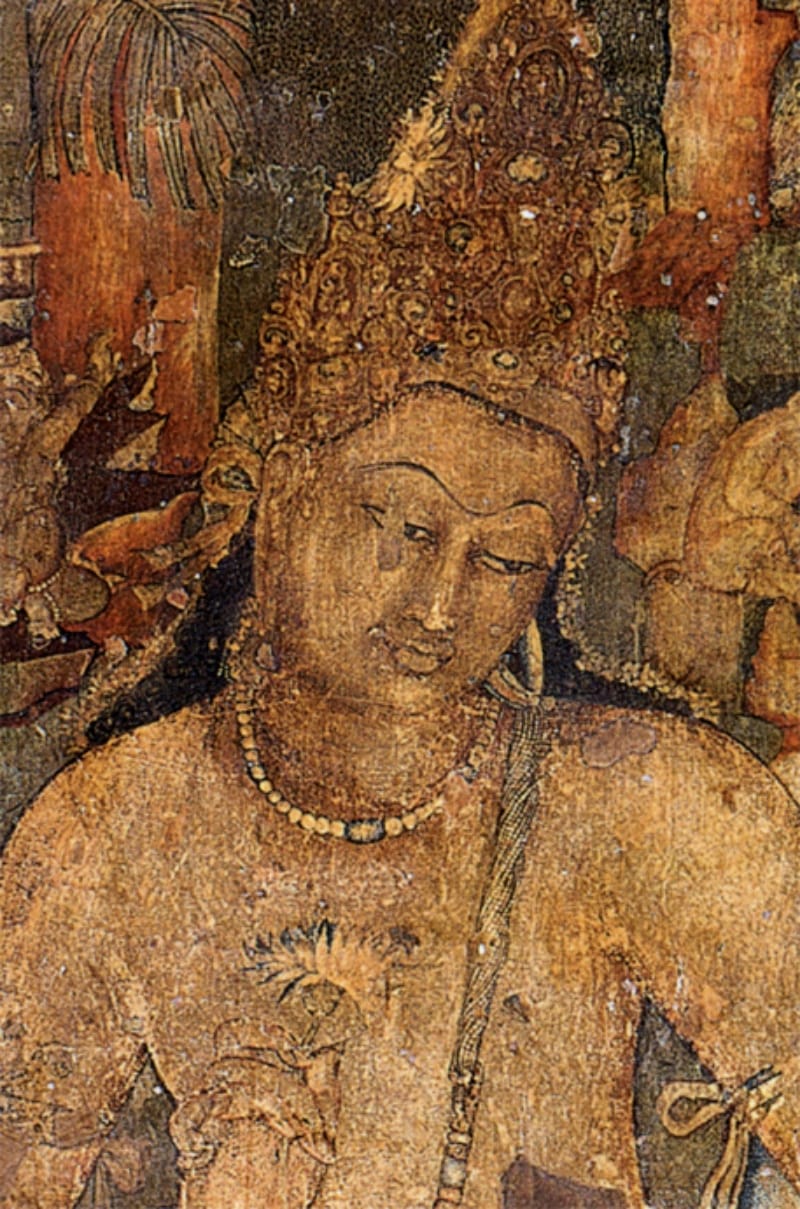Great Responsiveness Meditation
The Meditation Path Of Avalokitasvara In Detail

The Meditation Path Of Avalokitasvara In Detail
👈 || UNSAYING | CONTEMPLATION | TRADITION | MEDITATION | DISCUSSIONS | BACK MATTER || 👉
The Fourteen Kinds of Fearlessness that Avalokitasvara mentions in the Surangama Sutra, where he describes his meditation practice, are a list of fourteen benefits that individuals enjoy because of the powers that are gained directly from his practice.
These powers are refinements in one’s cognitive functioning that directly result from the progressive stages of his meditation practice, much as modern ‘mindfulness’ meditation results in stress reduction, and is touted for that benefit.
These Fourteen Kinds of Fearlessness are also featured in the Lotus Sutra, chapter 25, “The Universal Gateway of the Bodhisattva Perceiver of the World’s Sounds,” i.e., Avalokitasvara, although they are not designated there as Fearlessnesses. As well, the cognitive attainments that bring about each power are not given in that sutra.
Depending upon the translation of the Surangama Sutra that one studies, these powers are described either from the perspective of Avalokitasvara, or from the perspective of those who, inspired by his example, implement his exemplary practice and attain these same powers of fearlessness themselves.
The passages quoted below are taken from the new translation of the Surangama Sutra published by the Buddhist Text Translation Society, ISBN 978-0-88139-962-2, and are presented from the perspective of Avalokitasvara.
The Fourteen Kinds of Fearlessness which are detailed in the Surangama Sutra is first and most importantly, a list of the steps, or ‘moves’, that the meditation practice of Avalokitasvara encompasses, and the results obtained at each step. This is a repetition and further elucidation of the description that Avalokitasvara gave earlier in this section of the Surangama Sutra.
Avalokitasvara asserts that as a result of his own enlightenment, learning and practicing this meditation technique will lead to the accumulation of merit leading to the attainment of the same powers of fearlessness, which will aid all those in need.

